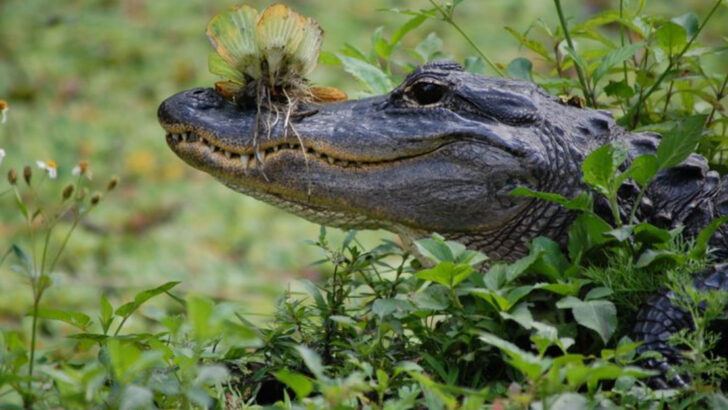Predators aren’t the villains of the wild—they’re its backbone.
Wolves, sharks, snakes, and even alligators get a bad rap. Too many movies, too many myths, too many people assuming they’re nothing but bloodthirsty threats. But without them? Everything falls apart.
These hunters aren’t out there for sport.
They’re population control, disease prevention, and balance rolled into one sharp-toothed package.
Remove them, and you get rabbit plagues, rodent swarms, overgrazed forests, and collapsing food chains. Nature doesn’t need a hero in shining armor. It needs a fang, a claw, a perfectly placed ambush.
Ready to meet the most misunderstood guardians of American wilderness?
They don’t ask for thanks.
They just keep everything running.
American Alligator
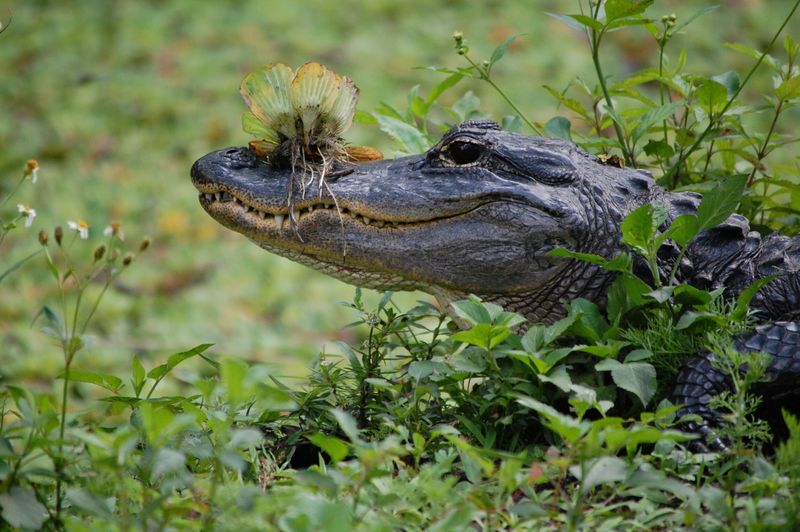
With eyes peering just above the water, the American alligator is a symbol of the swamp’s mystery. Often seen as a threat, this reptile actually helps control the population of invasive species, such as nutria and feral hogs. This regulation prevents habitat destruction, ensuring a balanced ecosystem.
Their role as keystone species is indispensable. By creating ‘alligator holes’, they provide refuge for fish and invertebrates during dry seasons. These hollows sustain life, showcasing the alligator’s unexpected nurturing touch.
Did you know? Alligators have been around for millions of years, surviving dramatic climatic shifts.
Grey Wolf
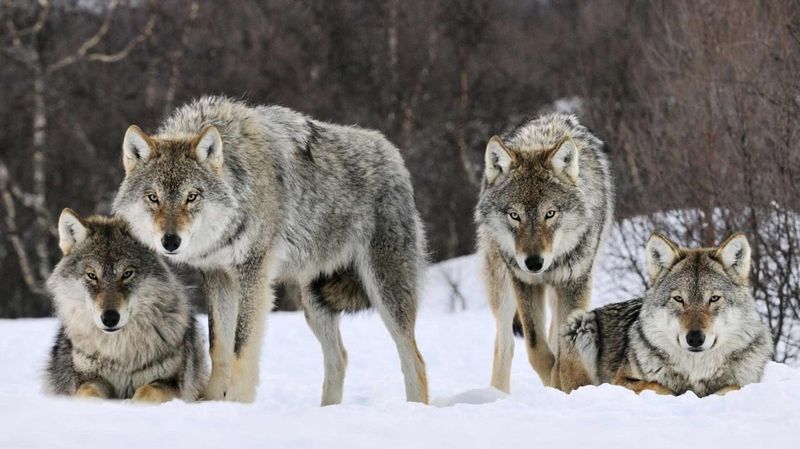
The haunting howl of the grey wolf echoes through the forest, a misunderstood melody. Historically vilified, these canines are vital for controlling deer populations, preventing overgrazing. Their predation pressures foster healthier, more resilient plant communities.
Each pack weaves a narrative of familial bonds and survival. Wolves’ presence promotes biodiversity, influencing various trophic levels. Their absence would echo a silent forest devoid of life.
Surprisingly, wolves can travel up to 12 miles in a single day, demonstrating their resilience and adaptability. Their return to habitats marks a hopeful resurgence of natural balance.
Mountain Lion
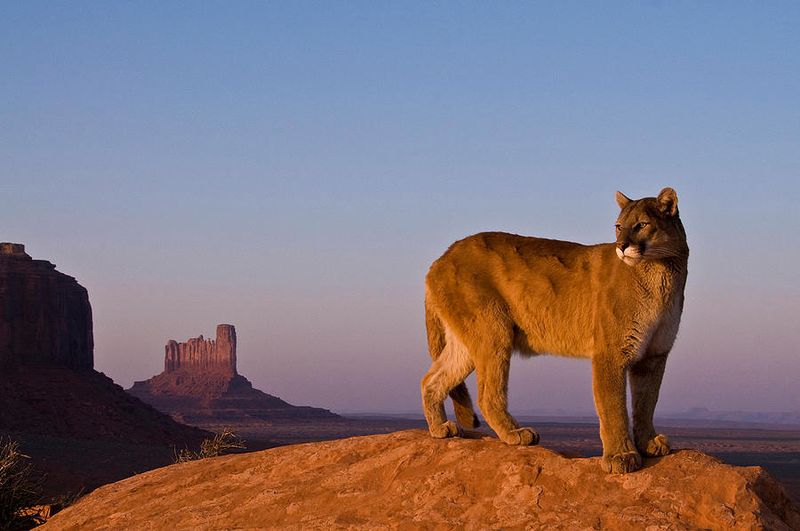
Silent as a shadow, the mountain lion is a guardian of the American West. Despite its fearsome reputation, this predator is essential for regulating ungulate populations like deer and elk. Without them, the vegetation would suffer overbrowsing, leading to ecological degradation.
Their solitary nature belies a complex role in the ecosystem. Through their presence, they indirectly support other species, maintaining a diverse food web.
Did you know? Mountain lions can leap as far as 40 feet in a single bound, a testament to their remarkable strength and agility in the wild.
Bald Eagle
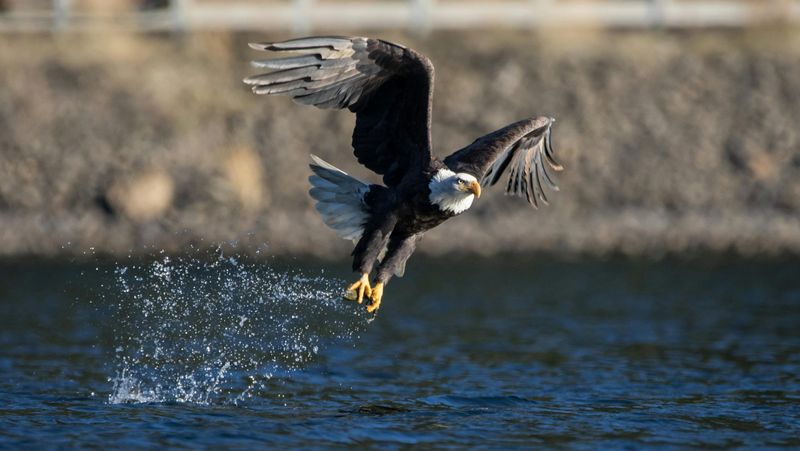
With a gaze that pierces the sky, the bald eagle signifies freedom and strength. Beyond its iconic status, this bird of prey is crucial for cleaning up water bodies by feeding on fish and carrion. Their presence prevents the spread of disease, ensuring healthier aquatic ecosystems.
Their nests, often reused for decades, reflect their loyalty to their partners and territory. The bald eagle’s predatory prowess keeps the ecological balance intact.
Fun fact: Bald eagles can see four times as far as humans, allowing them to spot prey from great heights with remarkable precision.
American Black Bear
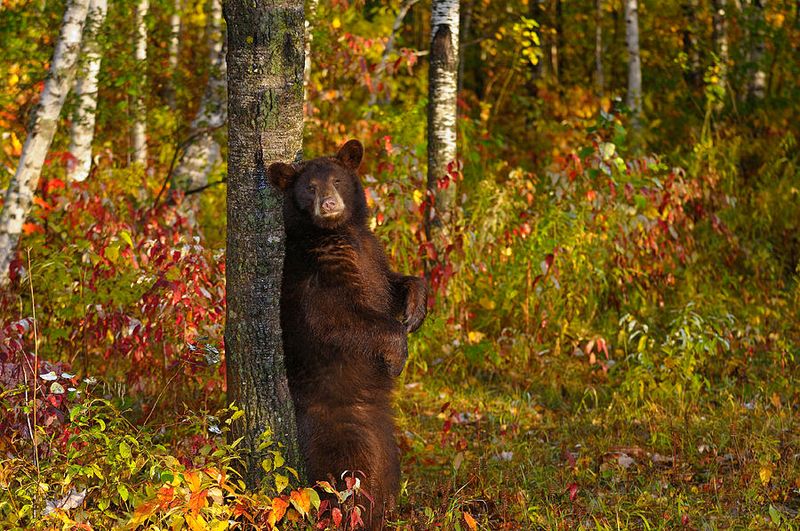
Lumbering through the forest, the American black bear is a forager at heart. Often misunderstood as aggressive, these bears play a vital role in seed dispersal. Their feeding habits help in the regeneration of forests, contributing to ecological diversity.
Their diet includes berries and nuts, making them nature’s gardeners. By maintaining plant diversity, they ensure the health of their habitat.
Did you know? Despite their size, black bears are excellent tree climbers. This ability aids them in escaping threats and accessing food, highlighting their adaptability and crucial ecological role.
American Badger
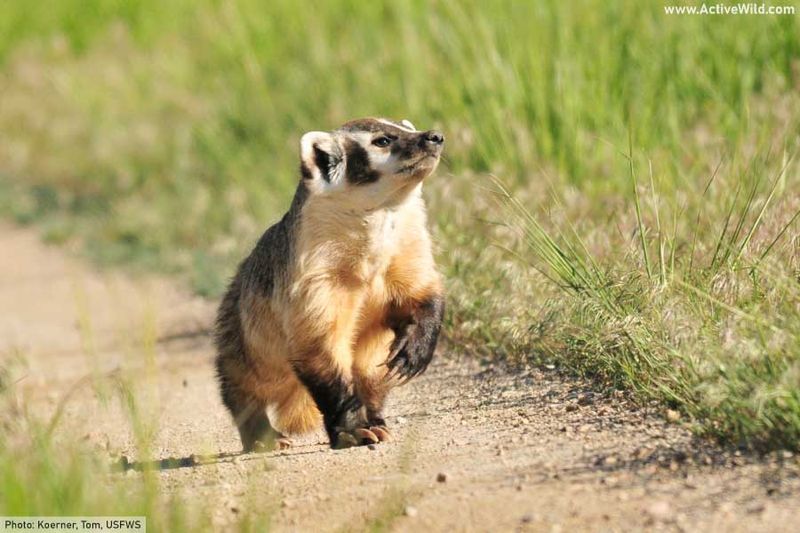
Diligent and determined, the American badger is a master digger. While often overlooked, badgers control rodent populations, preventing the spread of disease. Their burrowing aerates the soil, promoting plant growth and enhancing the grassland ecosystem.
Their solitary lifestyle conceals an ecosystem engineer’s role. Through their digging, they create habitats for other species, displaying an unintentional generosity.
Fun fact: Badgers can dig through soil at incredible speeds, sometimes up to three feet deep in a matter of minutes, showcasing their unparalleled tenacity and ecological significance.
Red Fox
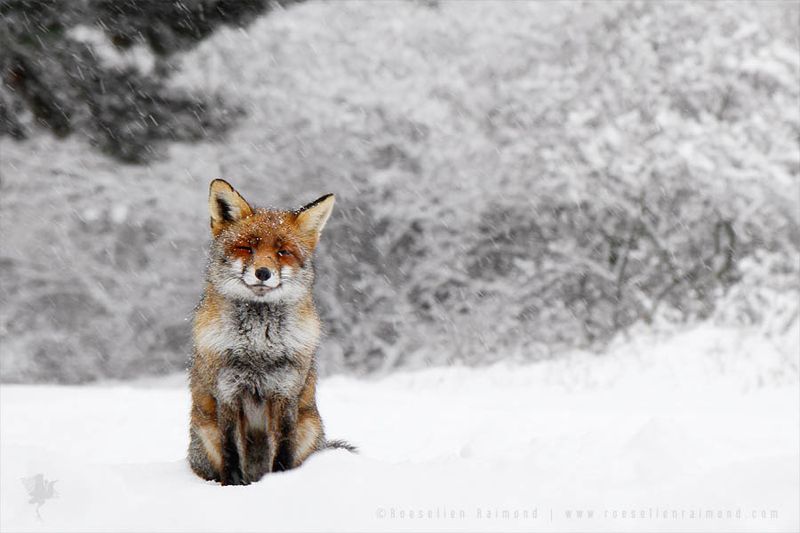
Cunning and clever, the red fox is often portrayed as a trickster. Yet, this small predator helps control the populations of small mammals and insects, preventing crop damage and disease. Their adaptable diet illustrates their survival prowess.
With a territory that spans diverse habitats, they contribute to a balanced ecosystem by keeping prey numbers in check. Foxes’ playful antics are a testament to their intelligence and adaptability.
Did you know? The red fox can hear a watch ticking from 40 yards away, an indication of their acute hearing ability and their effectiveness as hunters.

